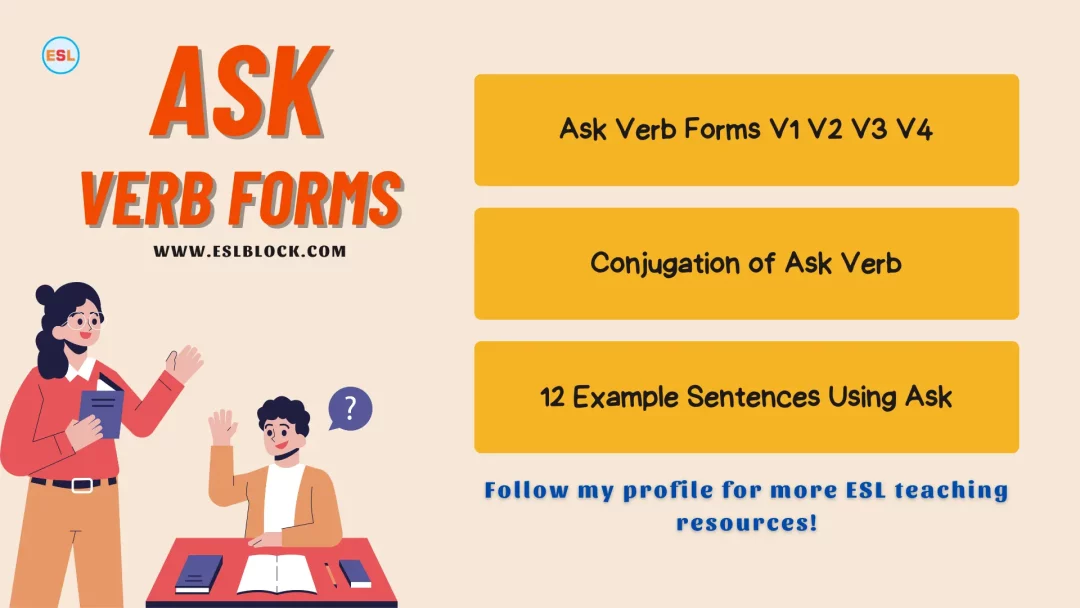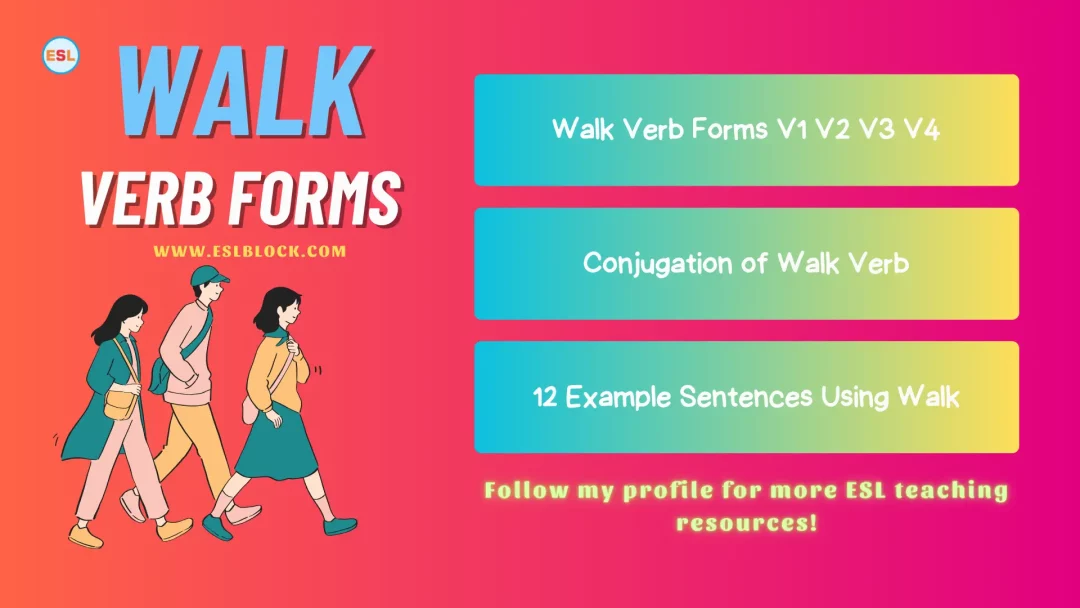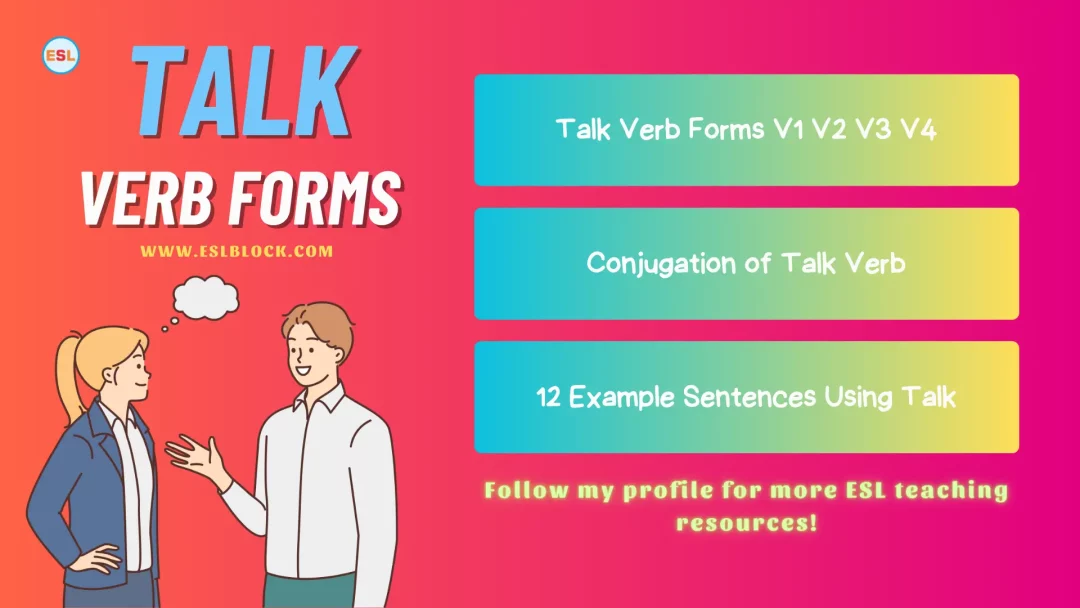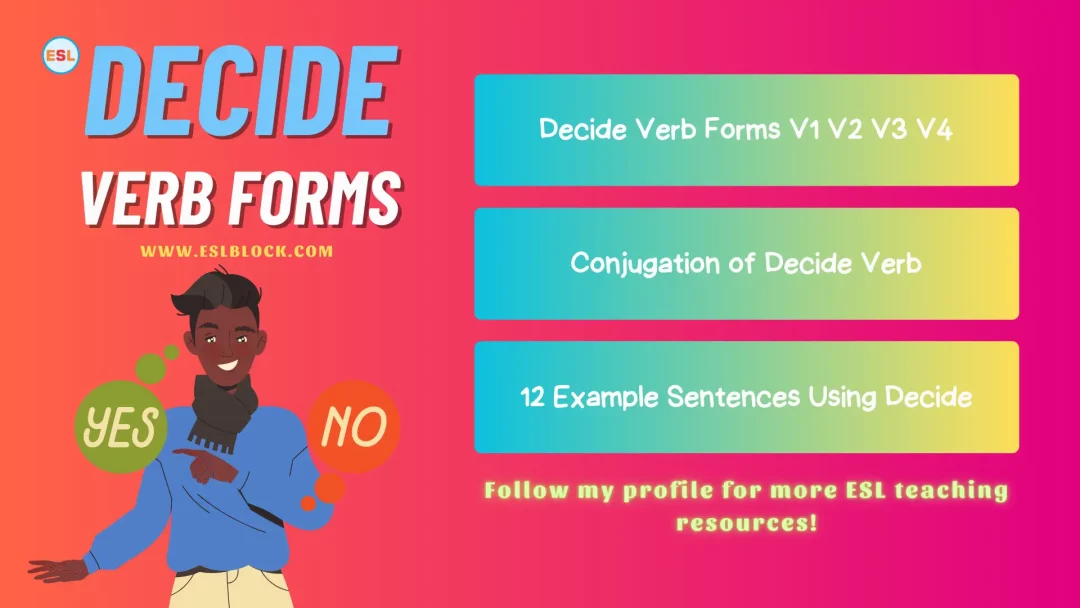Simple Present Tense Definition With Examples

![]()
The simple present tense is a fundamental aspect of the English language that is used to describe actions, events, or states that are currently happening or are always true. It is essential for effective communication and understanding the grammar of the English language.
In this blog post, we will be discussing the basics of Simple Present Tense, including how to form affirmative, negative, and interrogative statements.
We will also cover common irregular verbs and provide examples of Simple Present Tense in everyday situations. By the end of this post, you will have a solid understanding of Simple Present Tense and be able to use it in your own communication.
Read also: Personal Injury Lawyer Greenville NC
Importance of understanding and using Simple Present Tense in communication
Understanding and using Simple Present Tense in communication is essential for expressing oneself clearly and accurately. It is used to describe actions or events that are currently happening or are always true. For example, “I eat breakfast every morning” or “The sun rises in the east.” Without the use of Simple Present Tense, it would be difficult to convey information in the present moment.
In addition, Simple Present Tense is also used in many common expressions, such as “I do” or “I am” which are used to indicate possession, identity, or occupation. Therefore, a good understanding of Simple Present Tense is crucial for basic communication and expressing oneself effectively.
Furthermore, Simple Present Tense is also used as a starting point for building more complex tenses, such as the Present Continuous Tense or Present Perfect Tense, which are used to express actions or events that are happening now or have happened recently. A solid understanding of Simple Present Tense is a key foundation for understanding more advanced tenses and grammar structures in the English language.
In short, Simple Present Tense is used to convey information in the present moment and it is also the foundation for more complex tenses. Therefore, understanding and using Simple Present Tense is essential for effective communication in the English language.
Read also: Types of Sentences Worksheets
How to form Simple Present Tense?
The simple present tense is formed by using the base form of the verb. For example, “I walk to work” or “She talks to her friends.”
Rules for affirmative statements
In the simple present tense, affirmative statements are formed by using the base form of the verb. This is the most common way of forming the simple present tense. For example, “I speak English” or “He plays soccer.”
- I play the guitar every day.
- She speaks German fluently.
- He writes poetry in his spare time.
- We eat breakfast at 7 am.
- They visit the museum on Sundays.
- I watch the news every morning.
- She listens to music while she works.
- He reads books on the weekends.
- We go to the gym after work.
- They take dance classes on Wednesday.
These are examples of affirmative statements in Simple Present Tense, expressing actions that happen regularly or currently. The subject of the sentence is performing the action mentioned in the verb, for example, “I play the guitar” , “He writes poetry” , “They visit the museum” and so on.
Rules for negative statements
In Simple Present Tense, negative statements are formed by adding “do not” or “does not” before the base form of the verb. For example, “I do not speak Spanish” or “He does not play basketball.”
- I do not watch horror movies.
- She does not eat meat.
- He does not like spicy food.
- We do not play video games on weekdays.
- They do not smoke cigarettes.
- I do not drink alcohol.
- She does not wear makeup.
- He does not use social media.
- We do not go to the mall on weekends.
- They do not listen to country music.
These are examples of negative statements in Simple Present Tense, expressing actions that do not happen regularly or currently. The subject of the sentence is not performing the action mentioned in the verb, for example, “I do not watch horror movies” , “He does not like spicy food” , “They do not smoke cigarettes” and so on.
Rules for interrogative statements
In Simple Present Tense, interrogative statements are formed by adding “do” or “does” before the subject, followed by the base form of the verb. For example, “Do you speak French?” or “Does she play the guitar?”.
- Do you like to cook?
- Does she play any instruments?
- Does he have any pets?
- Do we need to bring anything to the party?
- Do they have plans for the weekend?
- Is the store open on Sundays?
- Does the bus run late at night?
- Do you have time to meet later?
- Are you feeling better today?
- Does the movie start at 7 PM?
These are examples of interrogative statements in Simple Present Tense, asking if the subject is performing the action mentioned in the verb, for example, “Do you like to cook?” , “Does he have any pets?” , “Do they have plans for the weekend?” and so on. The word order in these statements usually changes, the verb comes after the subject in these kind of statements.
Common Irregular Verbs
Irregular verbs are verbs that do not follow the usual pattern of adding -ed or -s to the base form to create the past and present tenses. Common irregular verbs include “go”, “do”, “have”, “be” and “say”.
List of common irregular verbs and their present tense forms:
- “go” becomes “goes” in the third person singular.
- “do” becomes “does” in the third person singular.
- “have” remains unchanged in all persons.
- “be” changes to “am”, “is” and “are” depending on the subject.
- “say” remains unchanged in all persons.
Examples of sentences using irregular verbs in simple present tense:
- I go to school every day.
- She does her homework every evening.
- They have a meeting at 2 PM.
- He says he will be back soon.
Common irregular verbs include “go”, “do”, “have”, “be” and “say”. These verbs have different forms in simple present tense, as shown in the list and examples above.
Examples of simple present tense in everyday situations
- I wake up early.
- She studies at the library.
- He works as a doctor.
- We eat lunch together.
- They watch TV at night.
- I take a shower in the morning.
- She listens to music while she works.
- He reads the newspaper in the morning.
- We play soccer on the weekends.
- They go to the gym after work.
- I drink coffee in the morning.
- She makes breakfast for her family.
- He drives to work every day.
- We walk to the park on Sundays.
- They cook dinner for their guests.
- I paint in my free time.
- She writes in her journal every day.
- He exercises before work.
- We travel to new places every year.
- They volunteer at a local charity.
- I ride my bike to the store.
- She takes a yoga class every morning.
- He plants a garden in his backyard.
- We go hiking on the weekends.
- They celebrate their anniversary every year.
- I practice piano every day.
- She visits her grandparents every month.
- He goes fishing with his friends.
- We attend church on Sundays.
- They have a book club every month.
- I volunteer at a homeless shelter.
- She teaches a dance class once a week.
- He goes for a run every morning.
- We have a picnic in the park on sunny days.
- They watch the sunset every evening.
- I go to the movies with my friends.
- She takes a nap after lunch.
- He plays video games in his free time.
- We go to a concert every summer.
- They take a family vacation every year.
Simple present tense is used to describe actions or events that are currently happening or are always true. These can include everyday activities such as waking up, working, eating, and going to the gym. It is also used to describe hobbies, pastimes, and regular events such as playing sports, travelling, and volunteering.
Examples of conversation using Simple Present Tense:
- Where do you work?
- I work at a law firm.
- Do you like to read?
- Yes, I do. I read every night before bed.
- What do you do in your free time?
- I like to play the guitar and sing.
- Do you have any pets?
- Yes, I have a dog and a cat.
- Where do you live?
- I live in a small town.
- Do you speak any other languages?
- Yes, I speak Spanish and French.
- What do you like to eat?
- I like to eat sushi and Thai food.
- Do you have any siblings?
- Yes, I have a brother and a sister.
- Where do you usually go for vacation?
- I usually go to the beach.
- Do you believe in ghosts?
- No, I don’t. I think it’s superstition.
Conclusion
In this blog post, we have discussed the importance of understanding and using simple present tense in communication. We have covered the basics of how to form simple present tense by outlining the rules for affirmative, negative, and interrogative statements. We have also discussed common irregular verbs and provided examples of simple present tense in everyday situations.
Simple present tense is used to express actions or events that are currently happening or are always true. It is formed by using the base form of the verb for affirmative statements, adding “do not” or “does not” for negative statements, and adding “do” or “does” for interrogative statements.
Practicing using simple present tense in communication is the best way to improve your understanding and use of this important aspect of the English language. Try using simple present tense in your everyday conversations and writing, and pay attention to how native speakers use it in the media.
There are many resources available online to help you learn and practice simple present tense. Websites like English Central and English Central offer interactive exercises and quizzes, while apps like Duolingo and Babbel can help you practice your language skills on the go. Additionally, there are many grammar books and guides available that can provide additional information and exercises.
If you have enjoyed “simple present tense,” I would be very thankful if you’d help spread it by emailing it to your friends or sharing it on Twitter, Instagram, Pinterest, or Facebook. Thank you!
With ESLBLOCK, you will study with new ideas. If you doubt the qualities of the simple present tense, reach us through our blog’s comment section. Keep checking back! We’ll do our best to give you feedback as soon as possible. Thank you!
Related Articles
Here are some more lists for you!
- List of Fish: Types of Fish with Interesting Facts and Pictures
- List of Mollusks | Types of Mollusks with Interesting Facts
- List Of Farm Animals: Different Types of Farm Animals
- Shellfish | List of Shellfish with Interesting Facts






